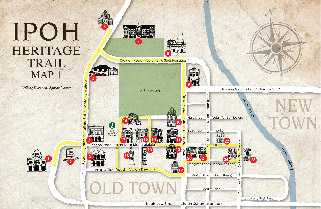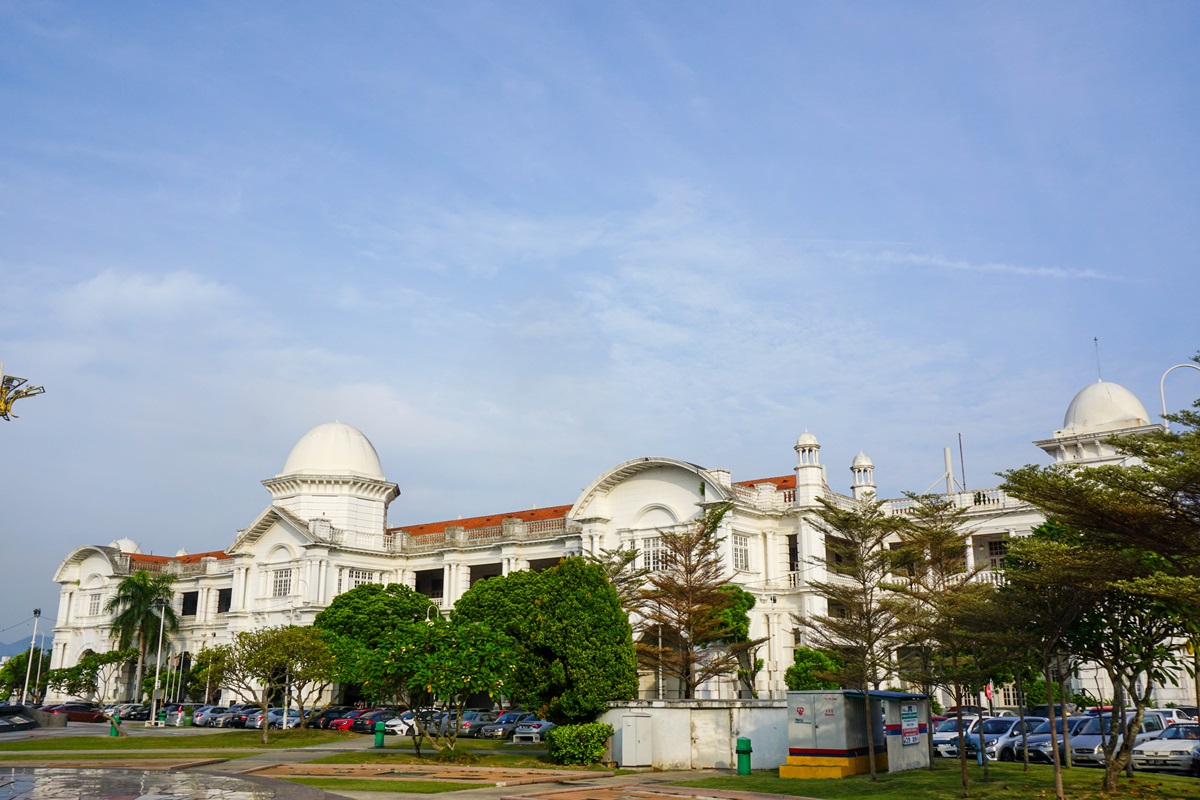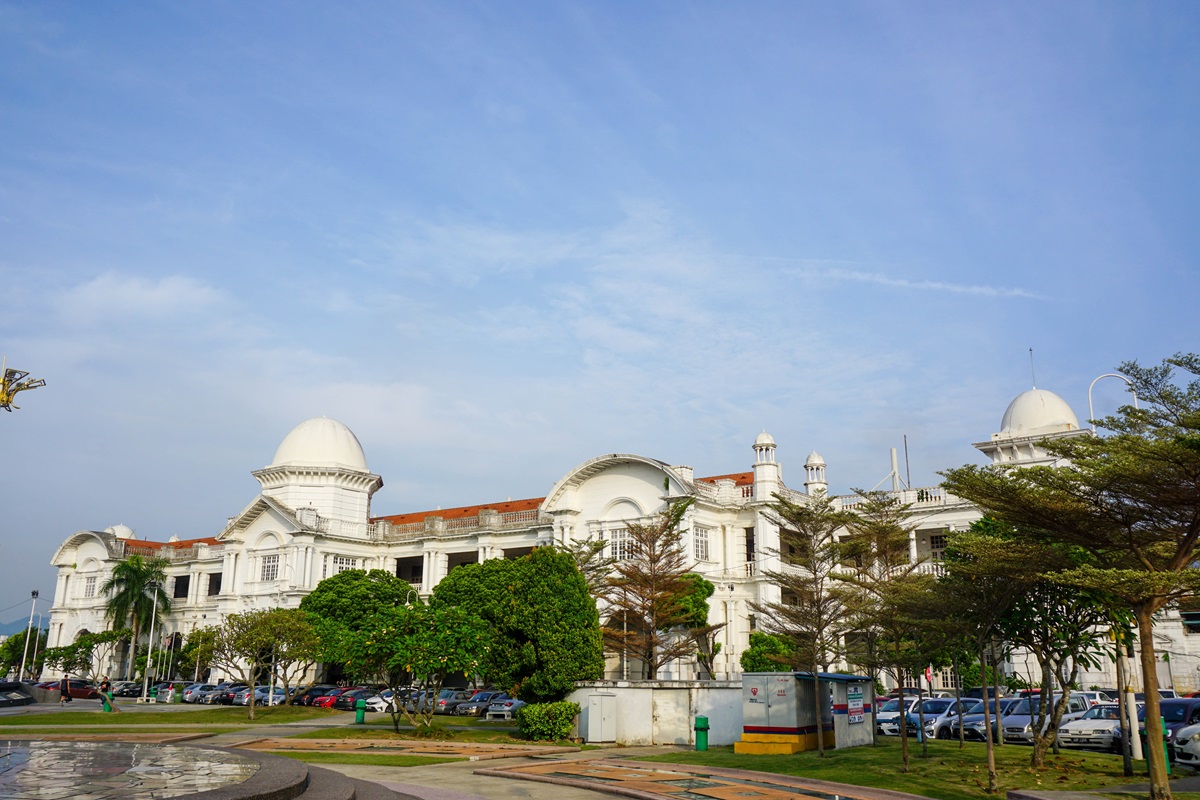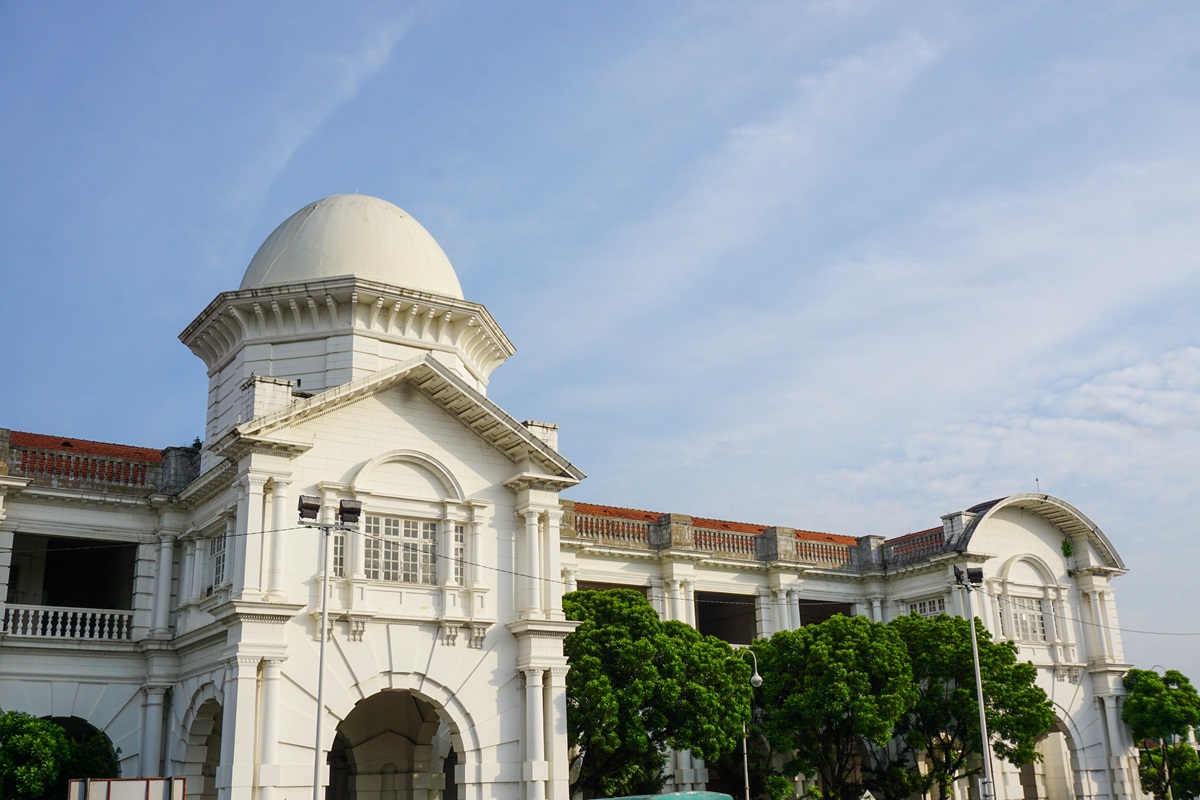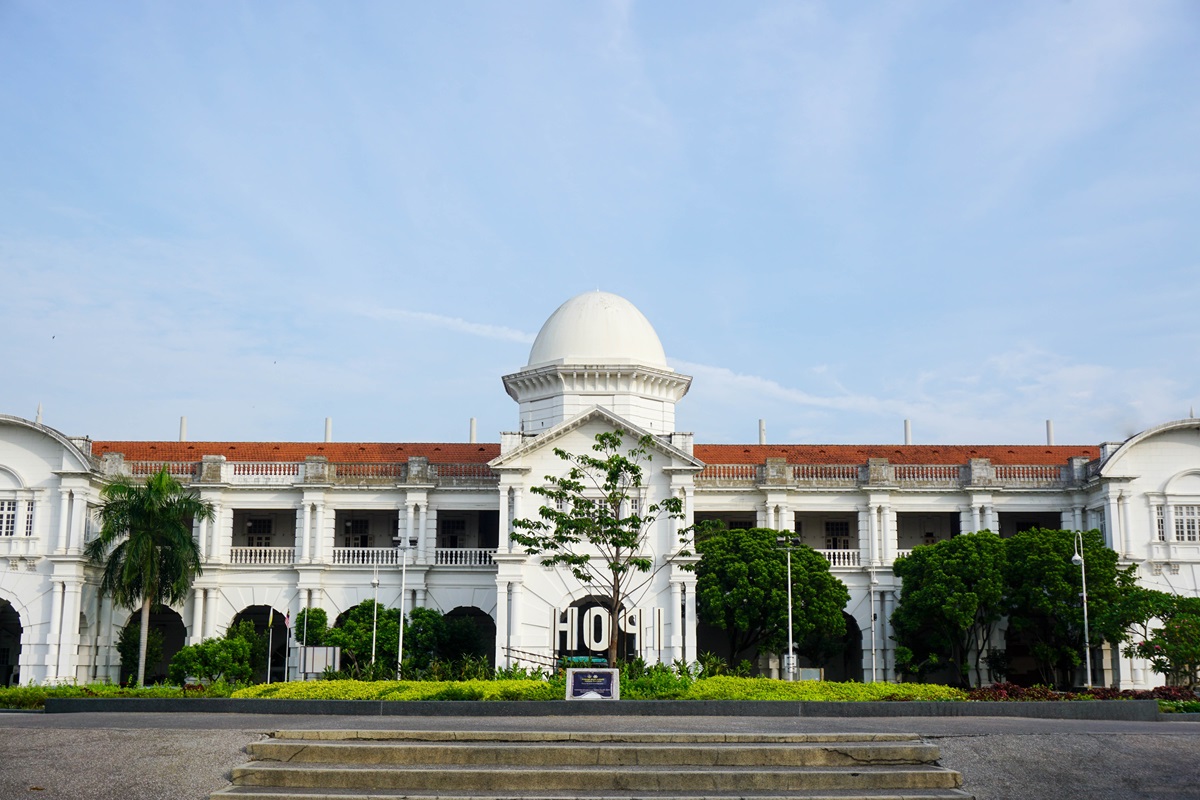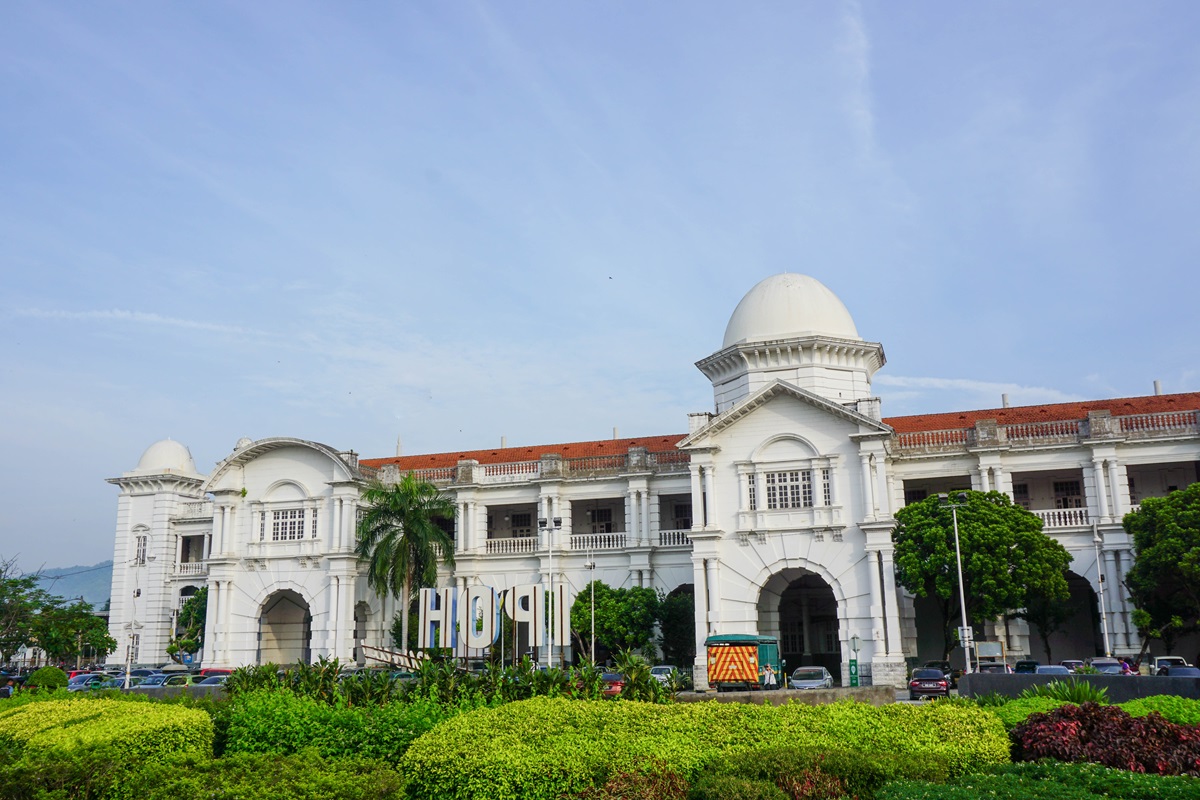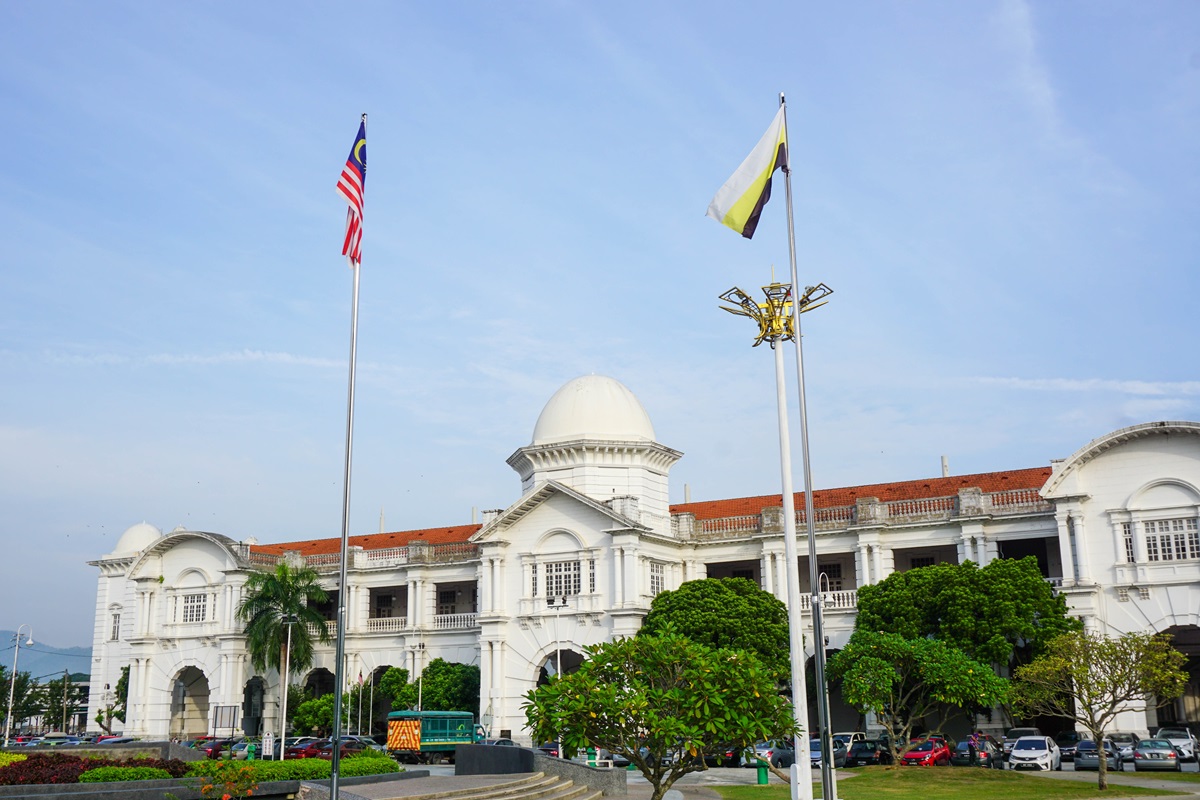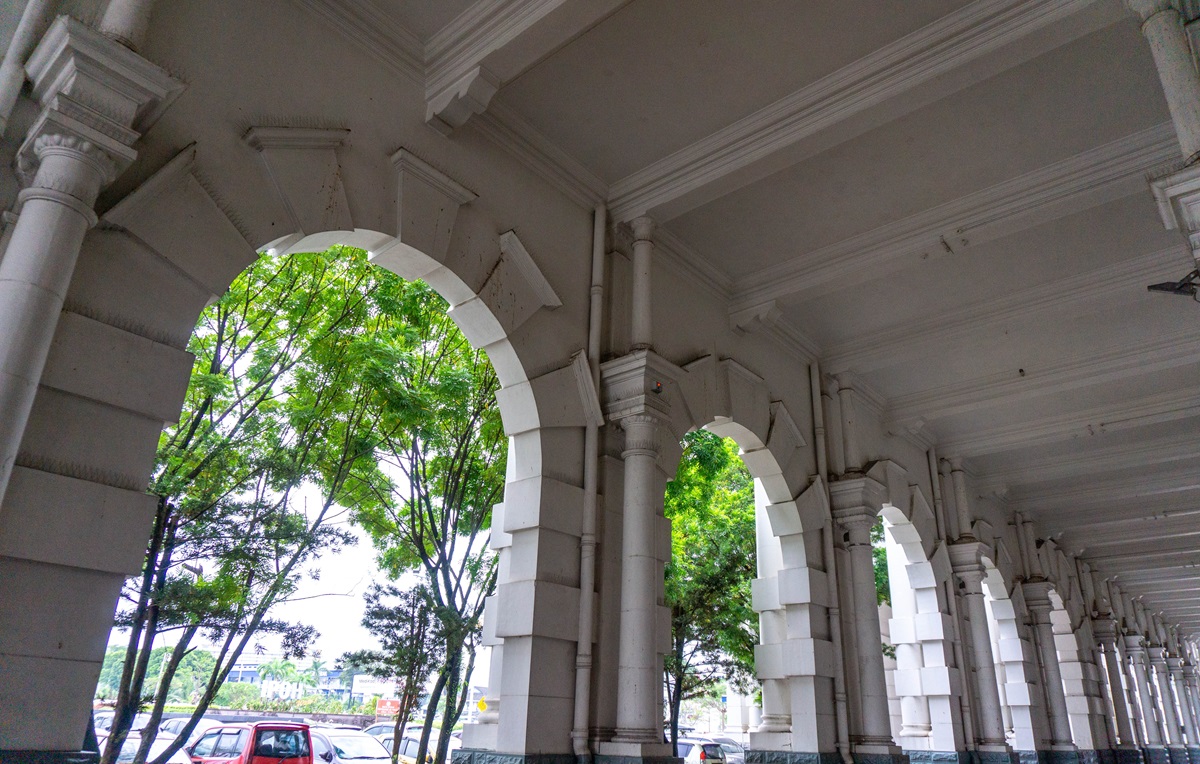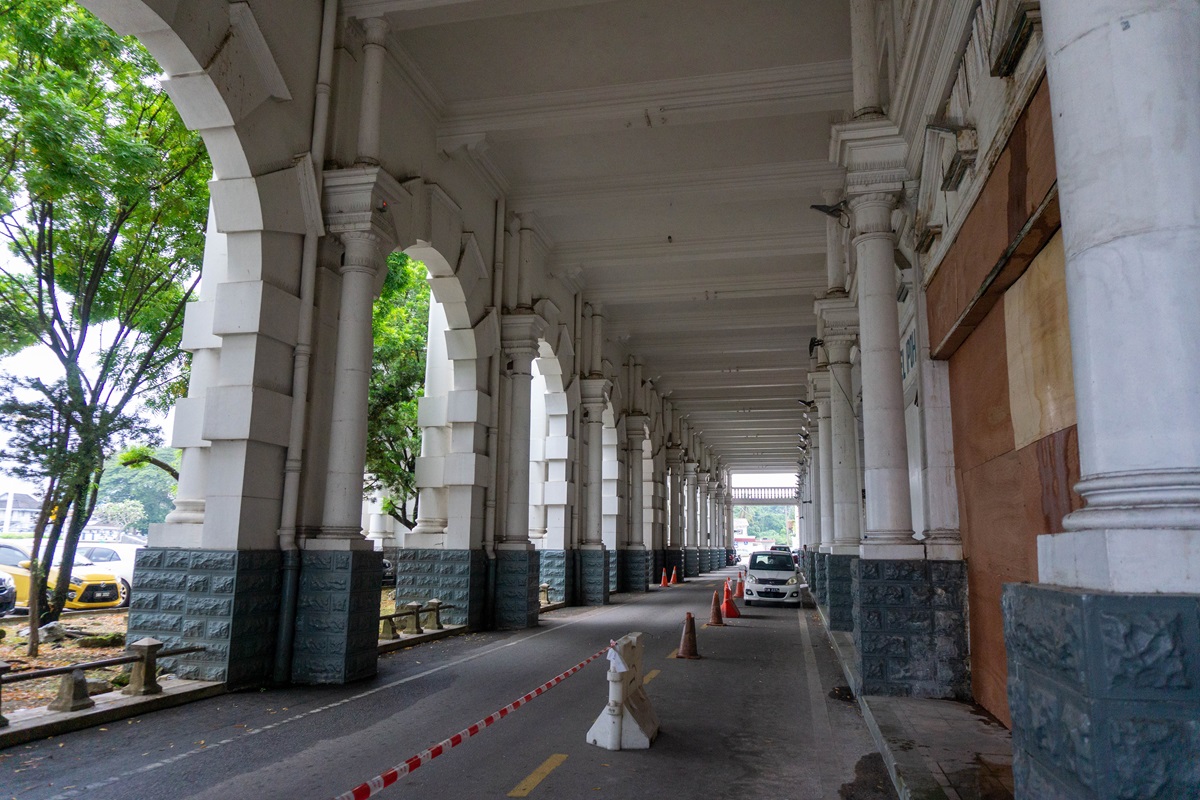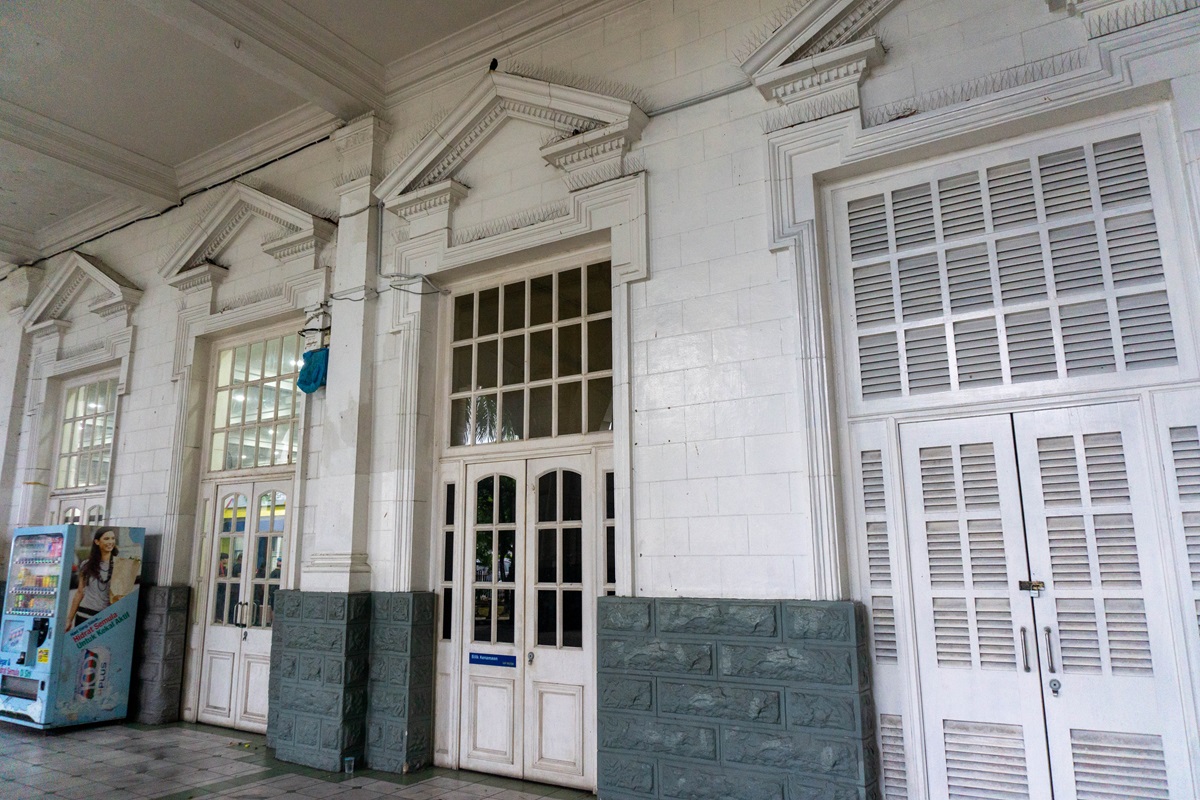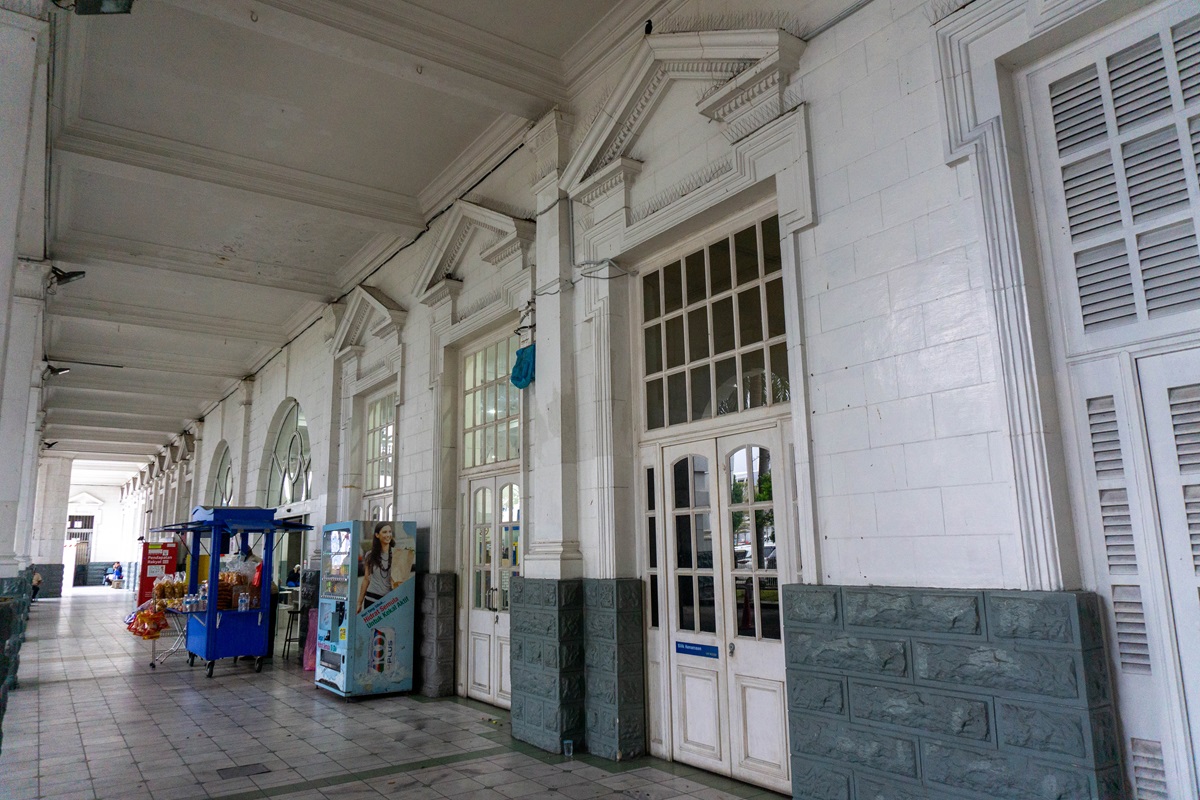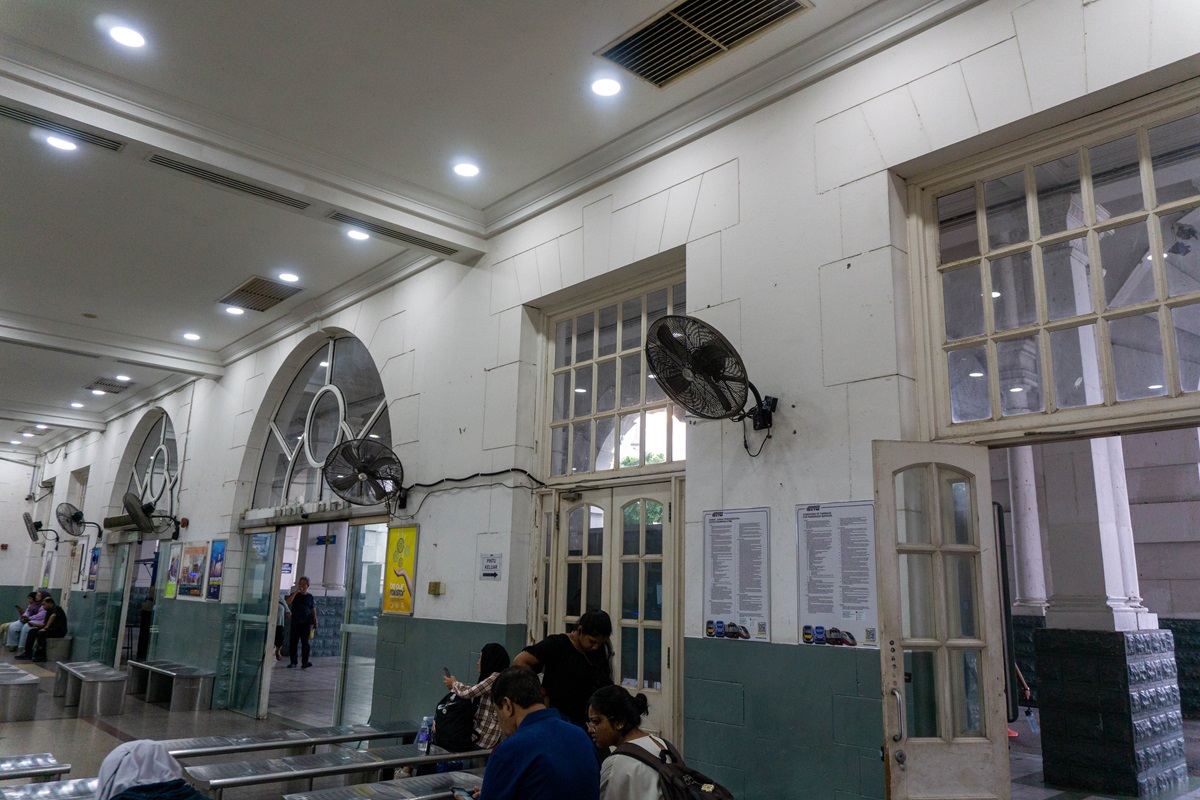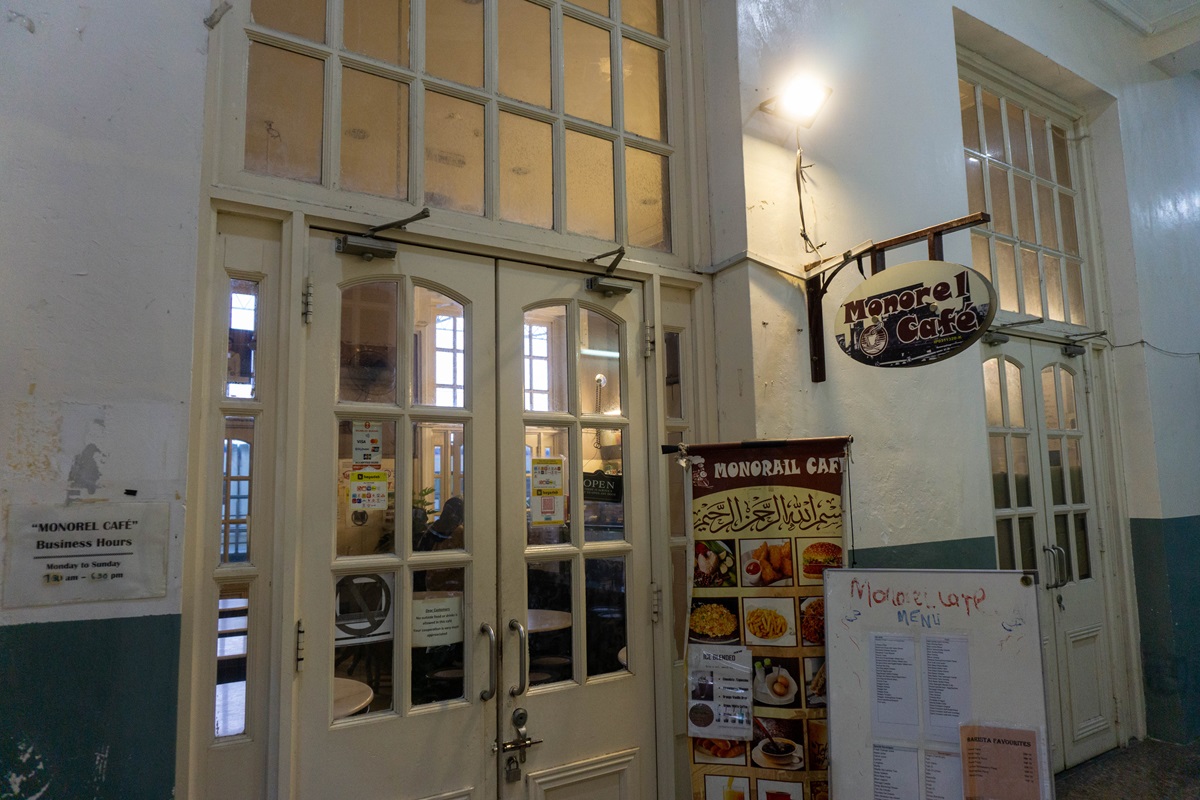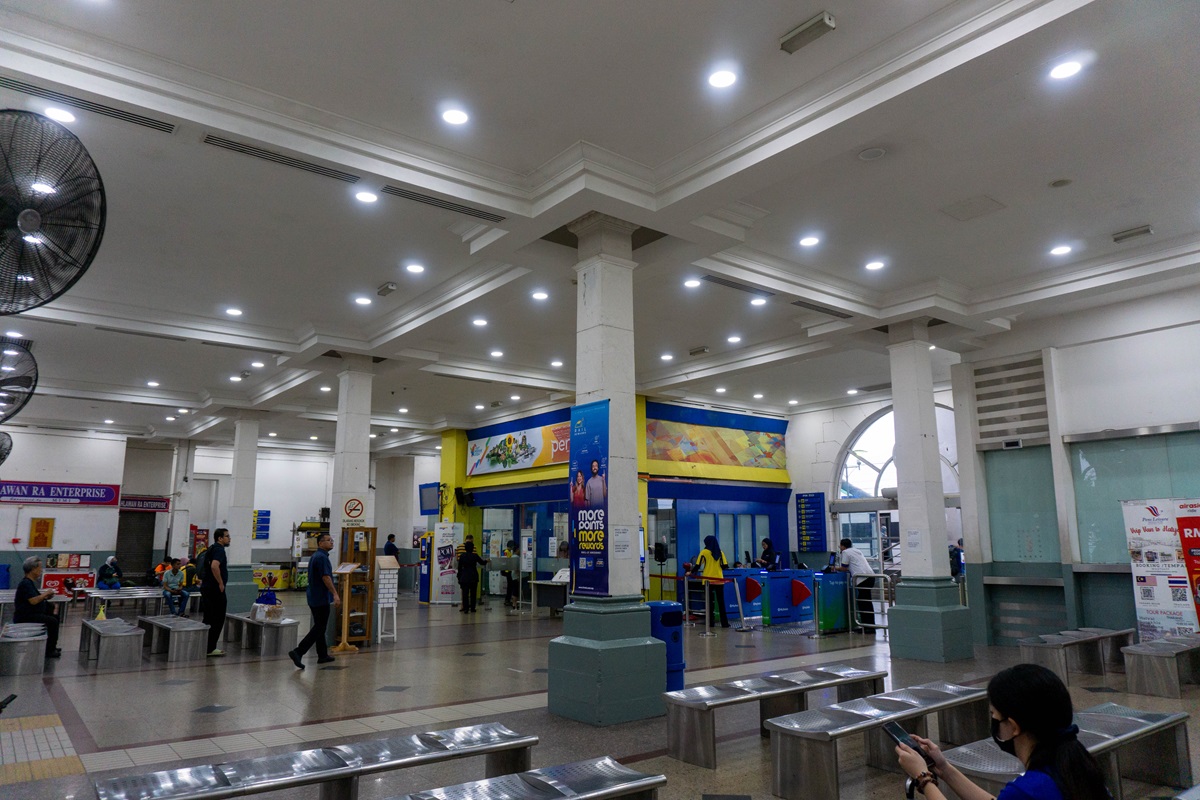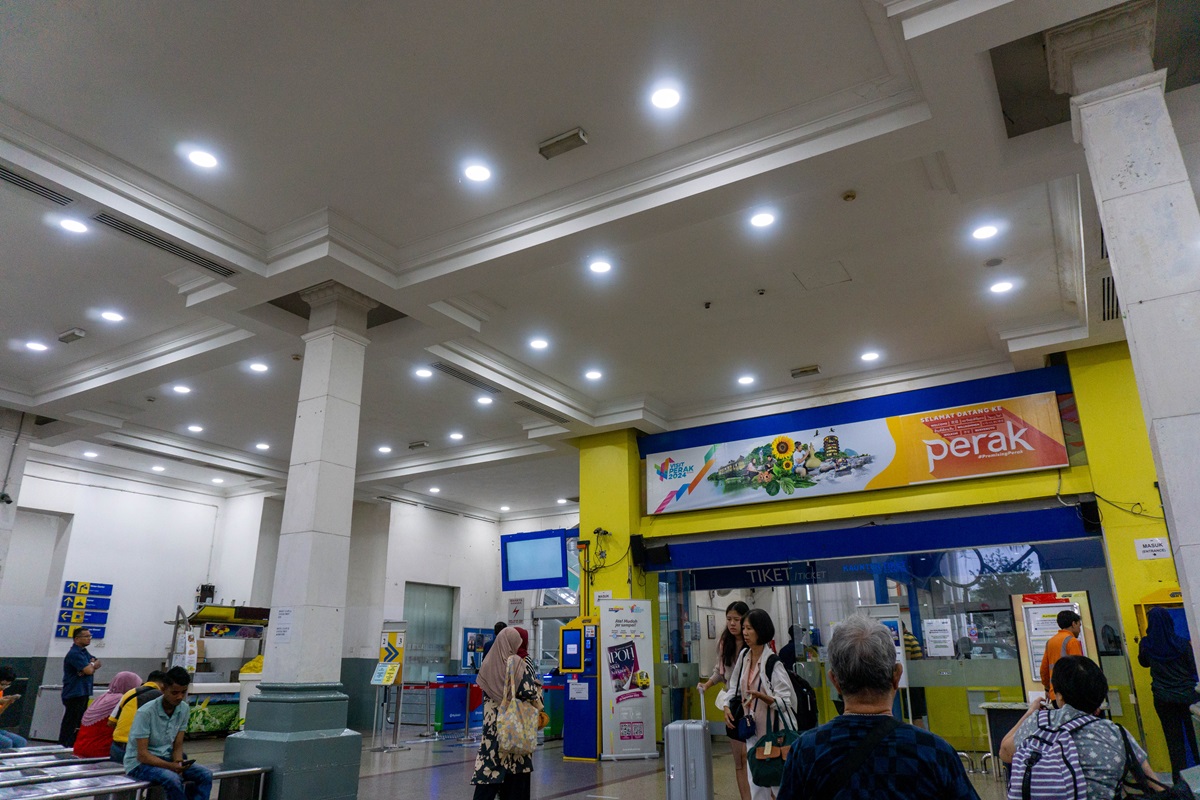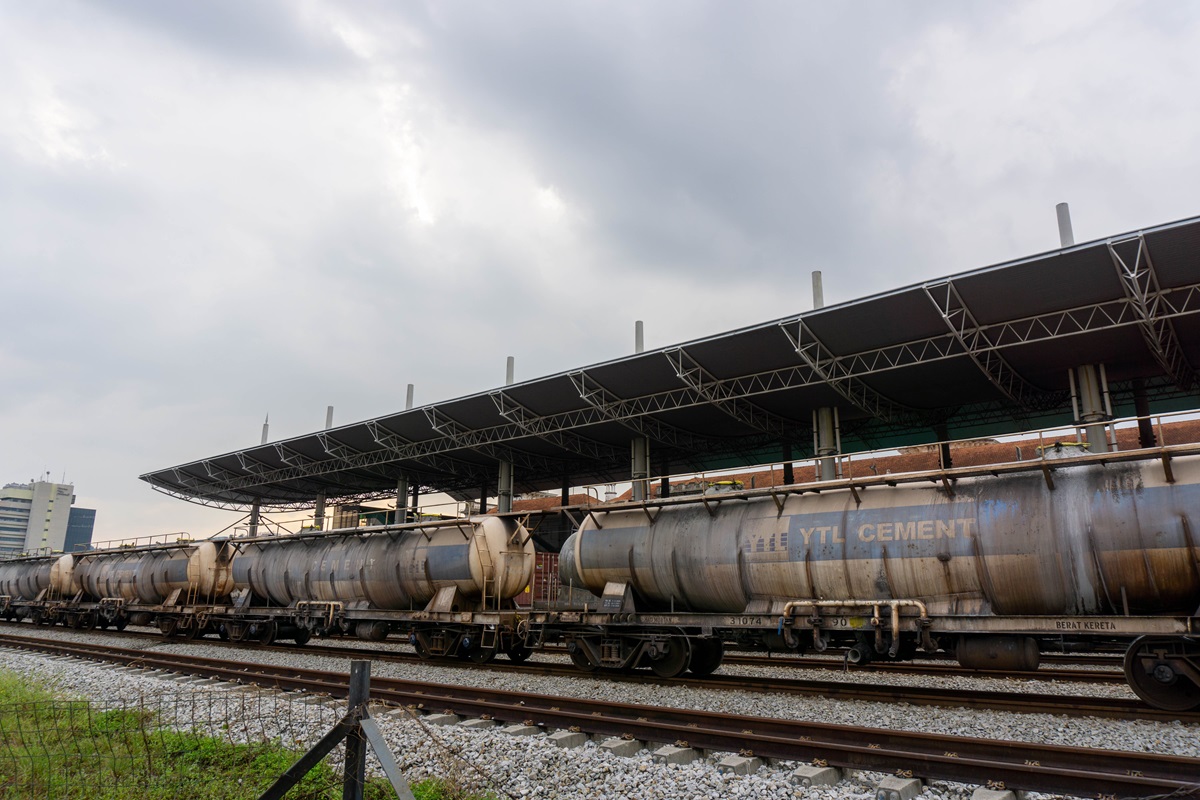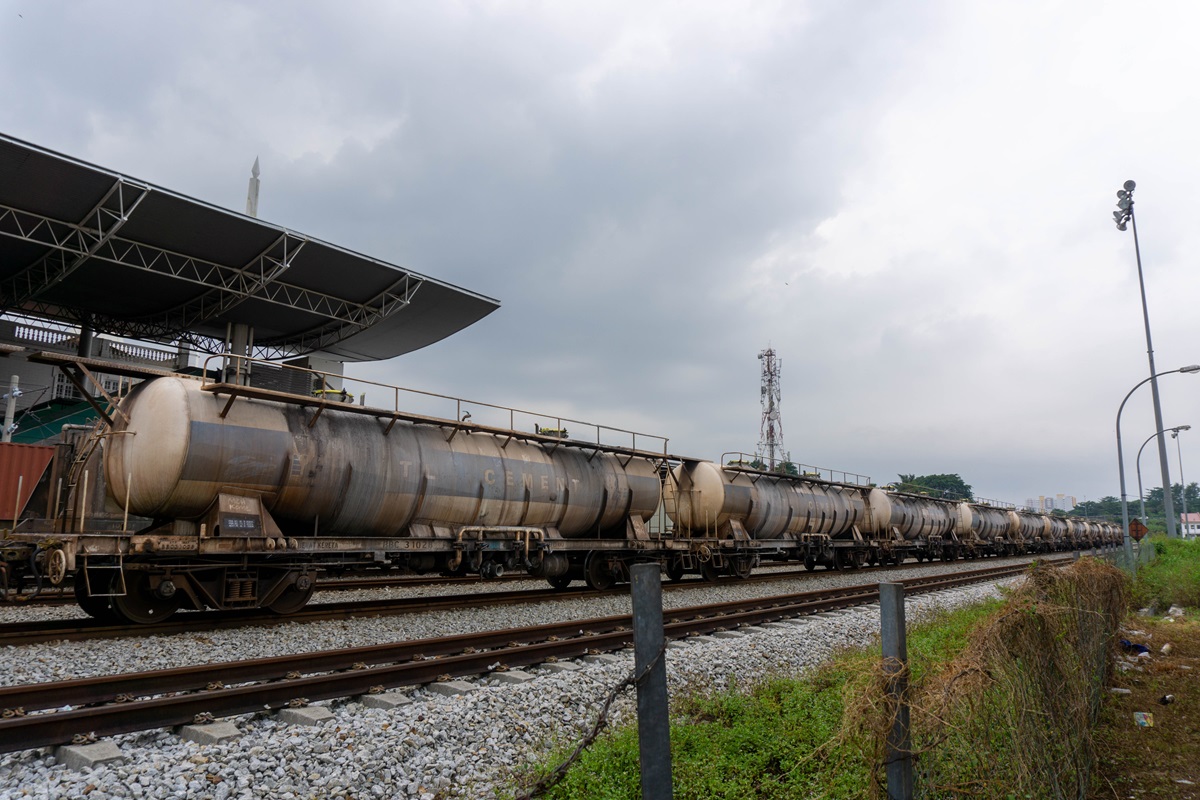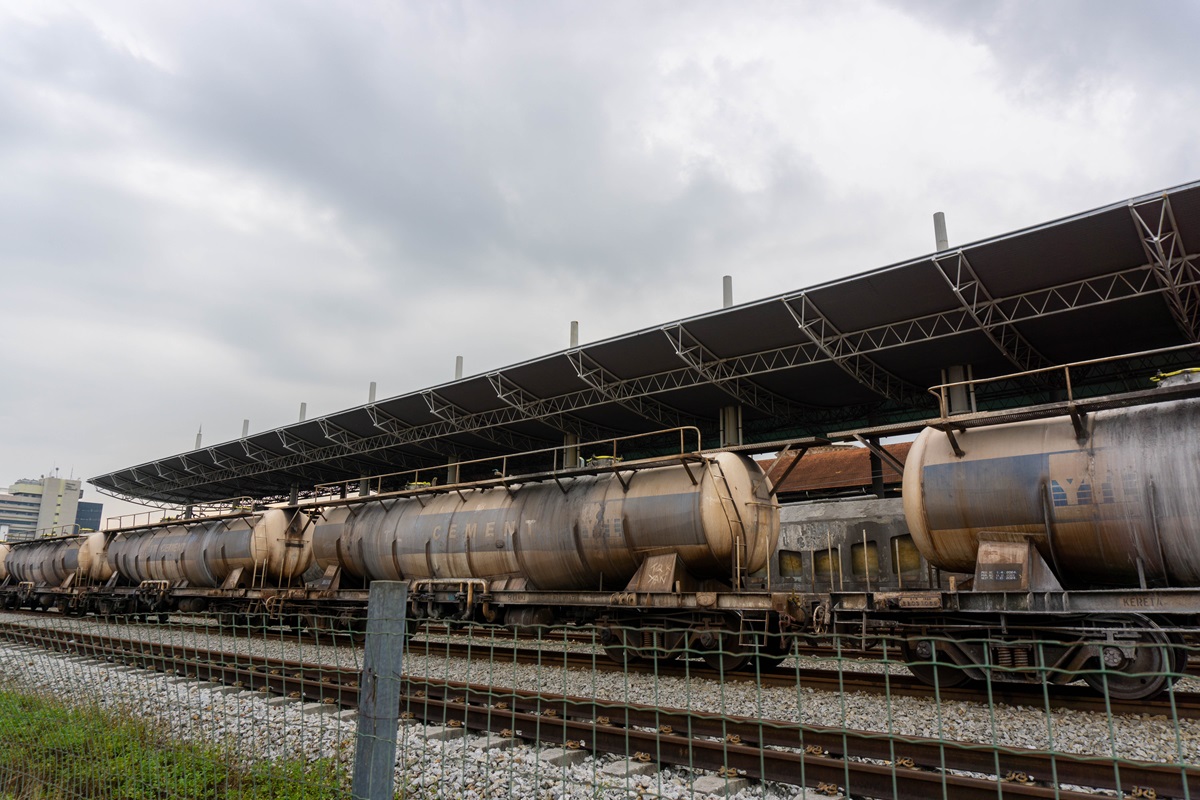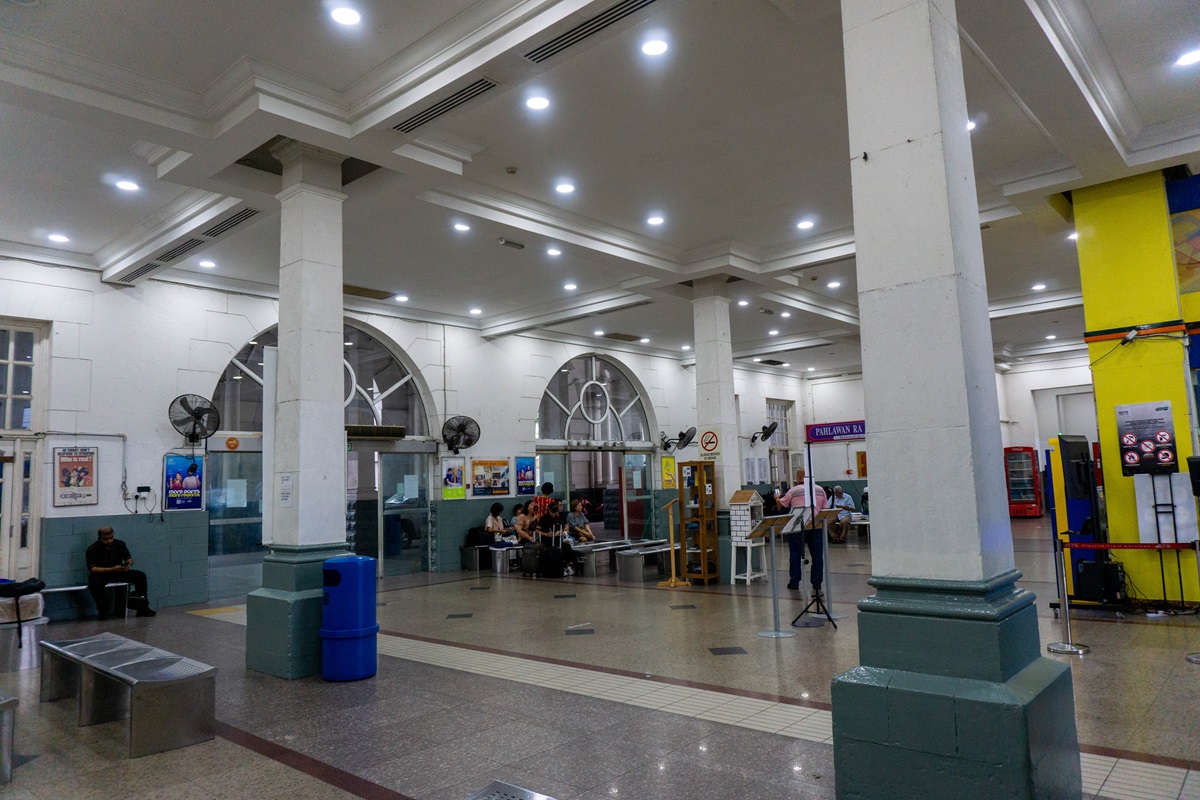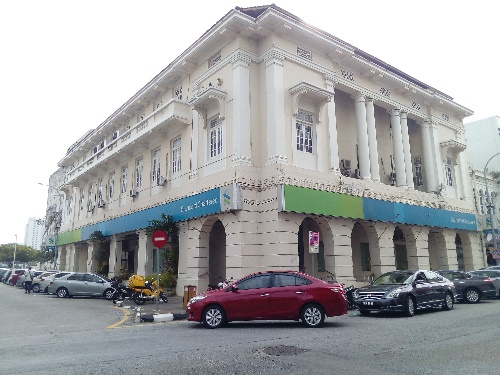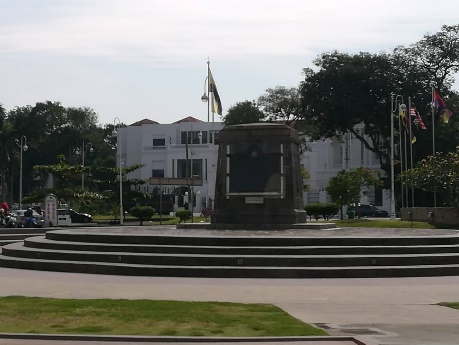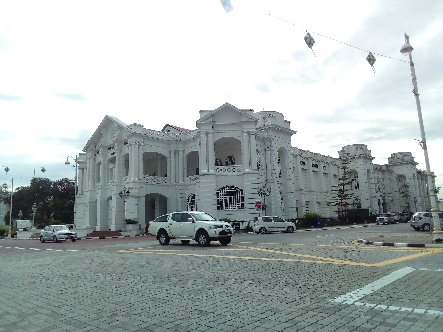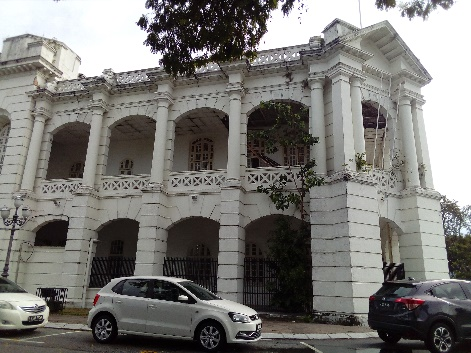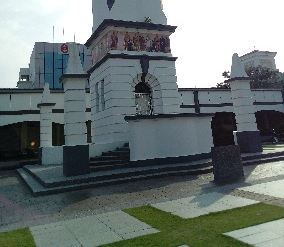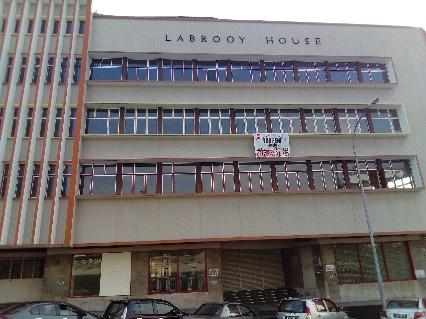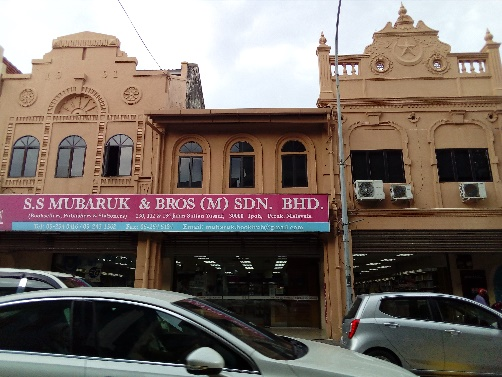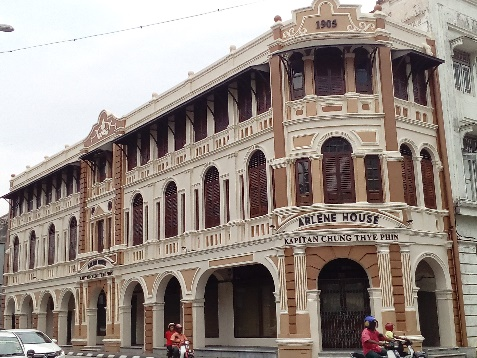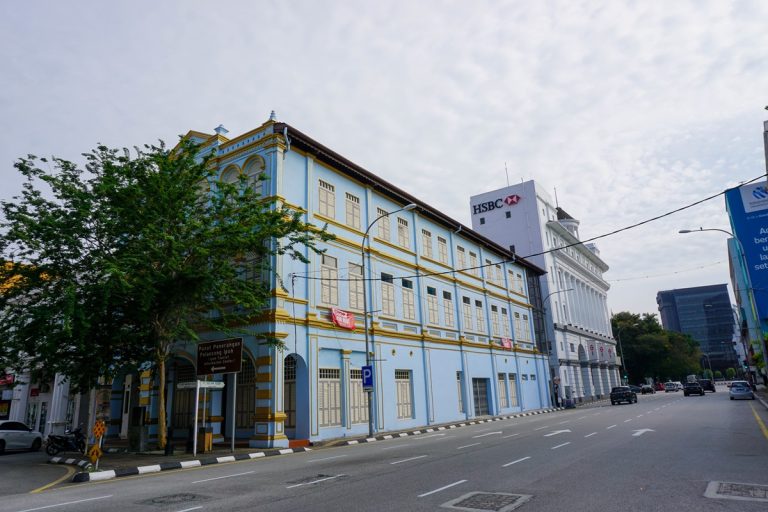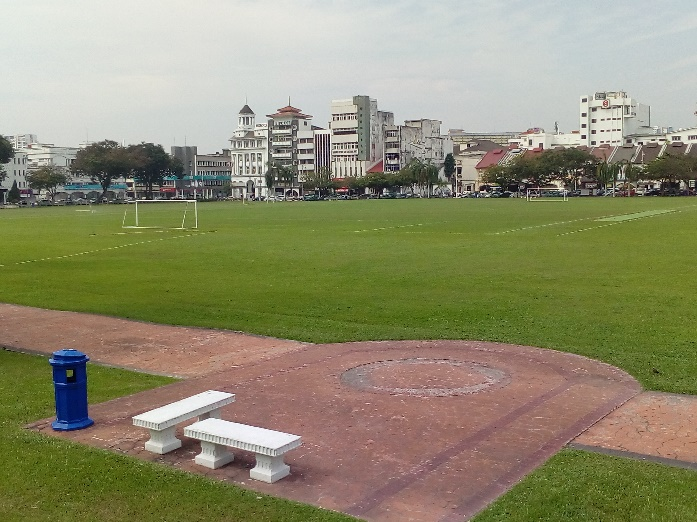In 1894, a new stretch of the Kinta Valley Railway opened between Ipoh and Batu Gajah, with virtually identical railway stations in both towns. In 1836, 36 wagons were entirely built in the Ipoh workshop. Only the ironworks, wheels and axles having been imported from England. The construction of the present railway station and hotel began in 1914 but was interrupted due to the shortage of material and high costs labor during WWI.
Completed in 1917, the station has three platforms, a commodious office for railway staff, and a restaurant and a bar. The hotel at first had 17 bedrooms opening out to the deep upper veranda. Then it was upgraded to 21 rooms by 1936.The ground floor loggia, which is 183m long, runs the entire length of the station’s frontage. The Ipoh Railway Station was design by the Government Architect, A.B. Hubback with classical elements harnessed to the British “Raj” style, surmounted by Moorish domes and turrets. Hubback was also the architect for the ornate Kuala Lumpur Railway Station, Ipoh Town Hall, Old Post Office dan Mahkamah Tinggi Ipoh, completed in 1911, after working on the final stage of the Sultan Abdul Samad buildings designed by R.A.J Bidwell.
A traveler from Medan, Sumatera who visited in Ipoh at 1920s called the Ipoh Railway Station “number two” after the Kuala Lumpur Railway Station. According to another description, ‘The size and magnificence of the Railway Station, with its first-class hotel accommodation on the upper floor, gives the stranger a hint as to the wealth and importance of the Ipoh town”. An automobile guide of 1925 stated that “The railway hotel at Ipoh supplies the best accommodation to be found in Perak, nice air room, up to date sanitary arrangement, the best of food. To the locals, the Railway Station is known as “Taj Mahal Ipoh”.

